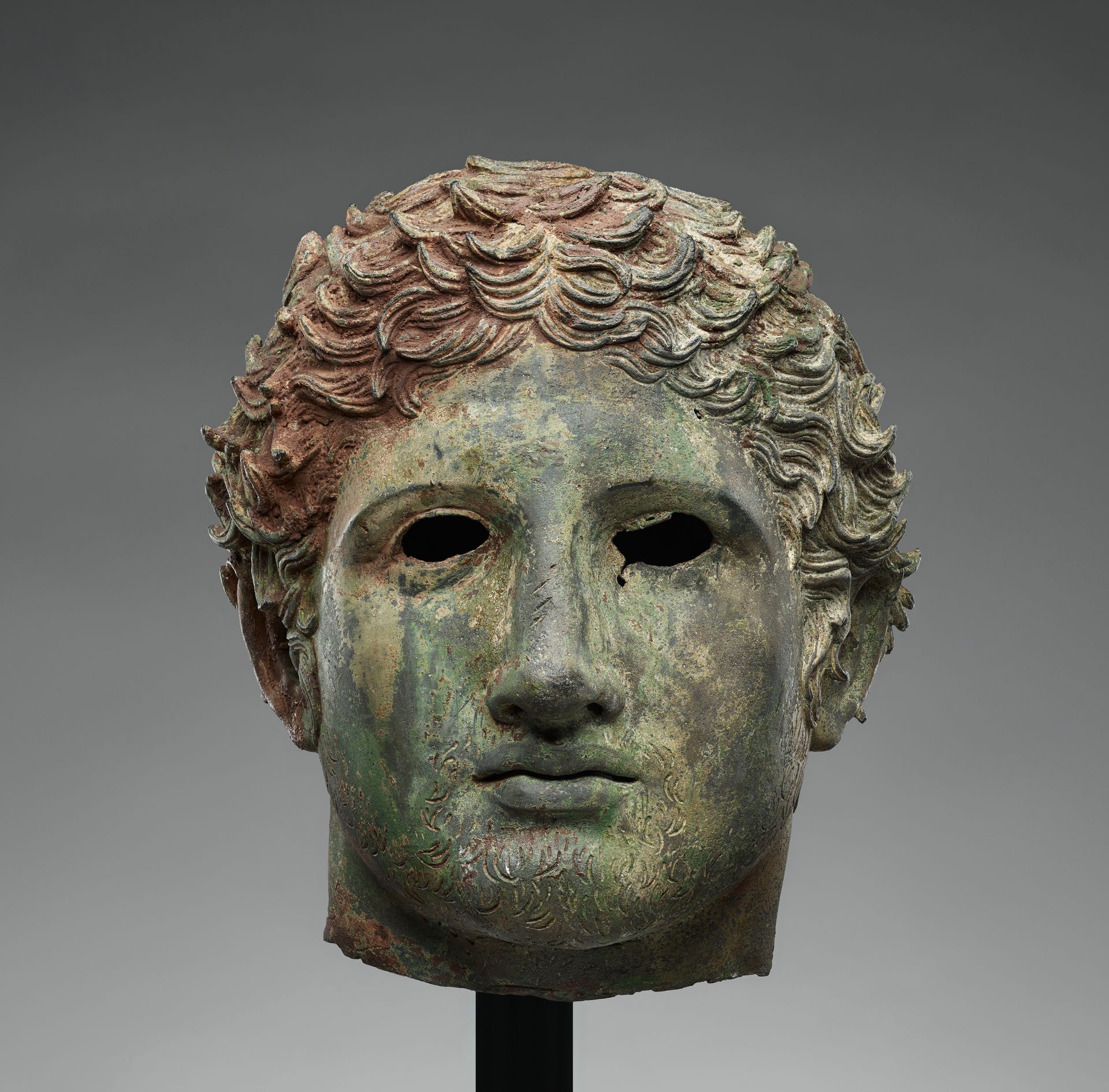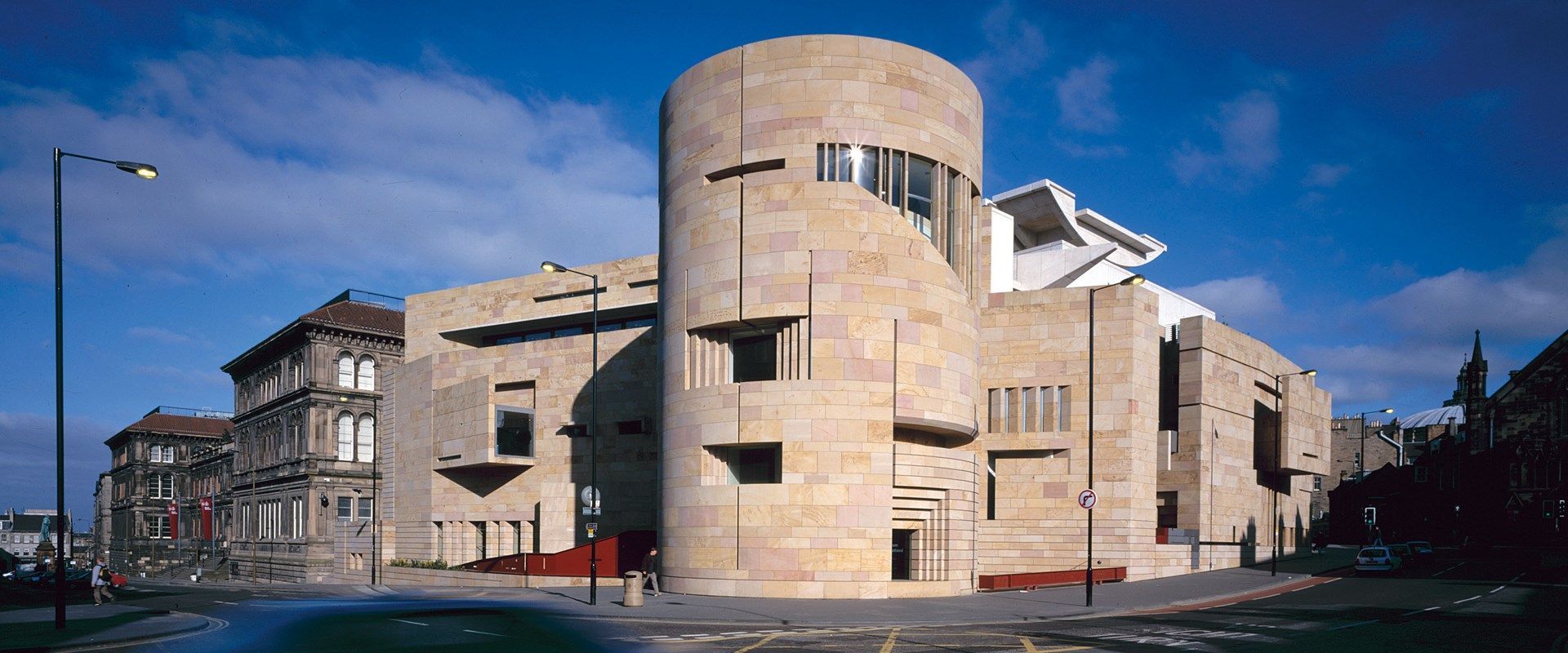Cultural Restitution
A royal cap and great seal that once belonged to the Abyssinian Emperor Tewodros II, returned by Queen Elizabeth II during a state visit to Ethiopia in 1965, was not the first time a British monarch had returned items seized by British troops at the Battle of Maqdala.
In August 1872, in the aftermath of Britain’s inglorious Abyssinian campaign, Queen Victoria, together with the British Foreign Secretary, Earl Granville, received an appeal from Tewodros’s successor, Yohannes IV, for the return of two especially important items removed during the frenzy of unwarranted and sacrilegious plundering that followed the Emperor’s defeat: an illuminated manuscript known as a Kebra Nagast or ‘Glory of Kings’ (the national epic) and a religious icon.
Prime Minister Gladstone had publicly expressed his concern at the scale of British looting that followed Tewodros’s defeat and the British Government concluded it would be a ‘gracious and friendly act’ to return both items.
While the whereabouts of the icon could not be traced (at least at that time), the British Museum discovered they had two copies of the manuscript, both sourced from Maqdala. In 1873, on the order of Queen Victoria, the Museum arranged to return one copy of the Kebra Nagast to the new Emperor.
Article 5 (1) (a) of the British Museum Act 1963 entitles the Museum to dispose of any object considered a ‘duplicate’. If two versions of the same manuscript are considered by the Act as 'duplicates', is this a precedent for returning multiple variants of other similar objects?
Later, during a visit to Britain in 1924 by Ras Tafari Makonnen, the future Emperor Haile Selassie, the British Government arranged for George V to present the heir to the Ethiopian throne with one of the two crowns plundered from Tewodros’ treasury. The Victoria & Albert Museum held both crowns in its collection and it was decided to return the silver gilt crown to Ethiopia’s then current ruler, Empress Zawditu. The more valuable gold crown still remains in the V&A’s collection and is the subject of a continuing restitution appeal.
The presentation of the royal cap and silver seal of Emperor Tewodros by Queen Elizabeth II on her state visit to Ethiopia in February 1965 was therefore the third occasion when a reigning British monarch returned items to Ethiopia plundered from Maqdala.
Background to the Battle of Maqdala
For many years, the Ethiopian Government has lobbied for the return of hundreds of sacred, cultural and historical looted items now in British collections - royal and religious regalia, tabots (sacred plaques believed by Ethiopian Christians to symbolise the Ark of the Covenant), illuminated manuscripts and ‘human remains’ - seized by troops during a punitive expedition by the British to Abyssinia (modern day Ethiopia).
The episode is a little known and inglorious chapter in British imperial history, also one of its most ambitious and expensive campaigns.
In 1867, an overwhelming army of 13,000 British troops under General Sir Robert Napier was despatched from India to rescue a handful of Europeans (including the British Consul), held hostage for several years by the Abyssinian Emperor Tewodros II. The campaign involved an impressive logistical operation, including the construction of roads and a railway across 400 miles of mountainous terrain. It took over three months for Napier's expedition to reach Tewodros's mountain fortress at Maqdala. The tragedy which then unfolded involved the crushing defeat on 13 April 1868 of the Emperor’s army and the suicide of the Emperor, who used a gun presented to him by Queen Victoria.
Widespread looting by soldiers at Maqdala and at the Christian church at Medhane Alem followed the battle. A clear act of sacrilege, this looting is largely ignored in military narratives about the campaign. Newspaper journalists who were present, Including Anglo-American journalist Henry M. Stanley, witnessed British soldiers tearing strips off the Emperor’s clothing and a soldier cutting locks of hair from the dead Emperor’s body.
Collecting trophies of war and their distribution as ‘prize money’ was common among armies during the colonial era. But the unedifying manner by which the British Museum acquired items for British national collections from Maqada was described by its former Director, David Wilson, as ‘one of the less glorious episodes in the history of the Museum’. *
On the orders of General Napier, the British military authorities organised a two-day auction of plundered items just days after the looting had finished. It is said that fifteen elephants and nearly two hundred mules were deployed to transport the plunder to the site of the auction. The proceeds, totalling £5,000, were then shared among the troops, according to rank, as ‘prize money’ - a reward payment for a successful campaign.
Among those present throughout this auction was Richard (later Sir Richard) Holmes, an Assistant in the British Museum’s Manuscript Department who’d been appointed as ‘competent archaeologist’ to the expedition. Holmes aggressively bid and secured over 300 manuscripts on behalf of the Museum, as well as other royal artefacts removed from the Emperor’s treasury. He was later awarded both an ex gratia payment by the Museum’s trustees and a campaign medal.
Even the British Prime Minister, William Gladstone, criticised the scale of this looting. Gladstone and Napier both felt the looted items should be held in Britain only until they could be returned safely to Ethiopia. Apparently, that time has never arrived.
Of the many hundreds of items known to have been seized following the battle, only a few have been returned to Ethiopia. The earliest restitutions include a Kebra Nagast (Book of Kings), returned following a request from Emperor Yohannes in 1872 and a silver crown, presented to Ras Teferi in 1924 by King George V. Other returns have been made by private individuals. Meanwhile, about a dozen UK institutions plus several private collections hold many other major items of sacred, historic or cultural importance to Ethiopia, acquired through purchase, bequests or gifts following the auction. These institutions include the British Museum, British Library, Victoria & Albert Museum, Royal Library at Windsor Castle, Bodleian Library, Edinburgh University Library, John Rylands University Library, Manchester, Westminster Abbey and several regimental museums.
* David M Wilson, The British Museum: A History (British Museum Press, 2002), p. 173-4
Photo: The storming of Maqdala, 1868 (watercolour), detail
Courtesy of the Council of the National Army Museum, London
More News

Subscribe
Receive free updates on recent restitution news
Join the Newsletter
We will get back to you as soon as possible
Please try again later
CREDITS
Frieze block from the Temple of Athena, The Acropolis Museum, Athens
Acropolis photos courtesy of Anna Oikonomou
–
Site Design by
beckon.
All Rights Reserved | Returning Heritage


